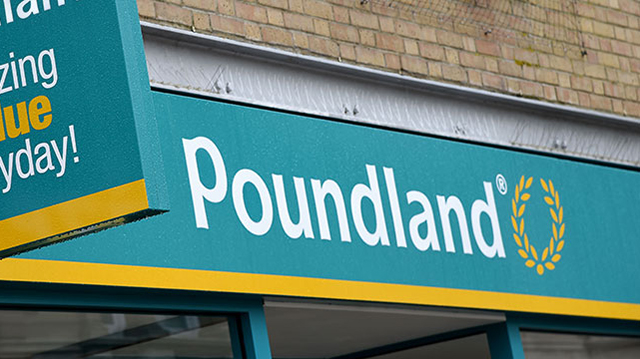Many suspected it wouldn’t survive but today Minerva battles on.
The past 18 months have seen the developer subjected to two failed takeover bids and require a seemingly impossible renegotiation of £800m in borrowings at a time when the debt markets were all but closed.
Most undignified of all, its share price, which in summer 2008 comfortably exceeded 120p, imploded, touching just 5p a year ago.
After its results this week, that much overused word “resurrection” was being bandied about. But this time with some justification.
Minerva’s net asset value per share rose to 102p by the end of last year; its portfolio posted an 11% rise in its value, while its trading and investment assets recorded even greater valuation increases. And dignity has been restored to the company’s shares, the price of which rose to 82p after the results announcement.
So was it luck or judgment that took it there? Speaking to Estates Gazette this week (p58), Minerva’s top management team claim credit for the turnaround. “Sheer hard graft”, is chief executive Salmaan Hasan’s explanation.
Hasan is right to claim some credit. But he has been fortunate, as well as blessed with foresight.
As the industry’s fortunes have recovered, Hasan finds himself holding the right kind of assets. With two City office blocks ready to let at a time of dwindling supply and improved sentiment, the developer is nicely positioned for the upturn.
It’s been a life-threatening ride to get to a position of relative safety, so it comes as little surprise that Hasan will not expose Minerva to developments on the scale of St Botolphs or the Walbrook again. Risks on this scale will be shared.
As a former property banker, he won’t want to stare into the abyss for a second time.
What price regeneration in a spending squeeze?
Today, more than ever, there is a need to ask fundamental questions about how regeneration can continue to exist in an era when public sector spending will be squeezed until the pips squeak.
Thankfully, this week’s British Urban Regeneration Association conference sought to do just that. Politicians from the three main parties made cases of varying persuasiveness about how a government of only their hue could ensure the regeneration of Britain’s crumbling town centres stayed on course.
But politicians will have only limited influence in this area. As Peter Damesick, CB Richard Ellis’s head of UK research, rightly pointed out, the private sector recession is only just becoming a public sector one, with the credit squeeze set to become a spending squeeze.
Policy-wise, the best that can be hoped for from politicians in this climate is that they “first do no harm” and then focus on removing hurdles to regeneration. The rest falls to the markets. Winners and losers in a private sector-led initiative are inevitable – so no change there from public sector-led regeneration.
But more than anything it is how urban renewal will be financed that presents the biggest challenge in the years and decades to come.
New models are desperately needed. And it can’t be left to politicians to come up with those.










